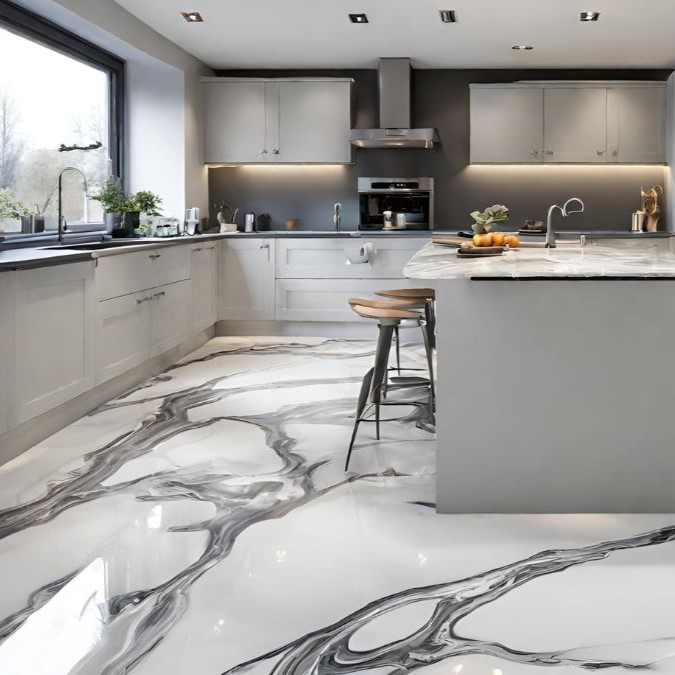When removing an epoxy floor, there are a few common mistakes that can complicate the process, but they’re easily avoidable with the right approach. One mistake people often make is not properly assessing the condition of the floor before starting. If the epoxy is particularly thick or has multiple layers, using the wrong tool can lead to frustration and ineffective results. It’s crucial to choose the right equipment, like a heavy duty grinder or scarifier, and adjust the settings based on the thickness of the epoxy. Another issue arises when the surface isn’t prepared correctly before removal begins. If there’s dirt, debris, or moisture present, it can interfere with the tools and make the job harder than it needs to be. Ensuring the surface is clean and dry before you start is key to a smoother process.
Something else to bear in mind, is underestimating the importance of patience during the removal process. Rushing through can lead to uneven grinding, missed spots, or even damage to the underlying concrete. Taking your time and working methodically will help avoid these issues. You will also need to consider all the dust and debris that will be kicked up during removal. It can create a mess and potentially harm your health. Using dust control measures, like a vacuum attachment on your grinder and wearing appropriate protective gear, is essential.
Once you’ve removed all the epoxy, the next steps are crucial to ensure your floor is ready for whatever comes next, whether you’re planning to install new flooring or leave the surface as is. First, you’ll want to thoroughly clean the surface to remove any remaining dust, debris, or residue left from the removal process. This might involve a good sweep, vacuuming, and possibly even washing the floor with a mild detergent to get it spotless.
If you’re prepping the surface for a new floor, like tile, carpet, or another layer of epoxy, it’s important to inspect the concrete for any damage. Look for cracks, uneven areas, or holes that might need repair. Patching these up now will give you a smoother, more even base for the new flooring. If the concrete is in good shape and you’re leaving it exposed, consider polishing or sealing it to enhance its appearance and protect it from stains and wear. A good sealer will not only make the concrete look sleek and polished, but it will also add a layer of protection, making it easier to clean and maintain.



